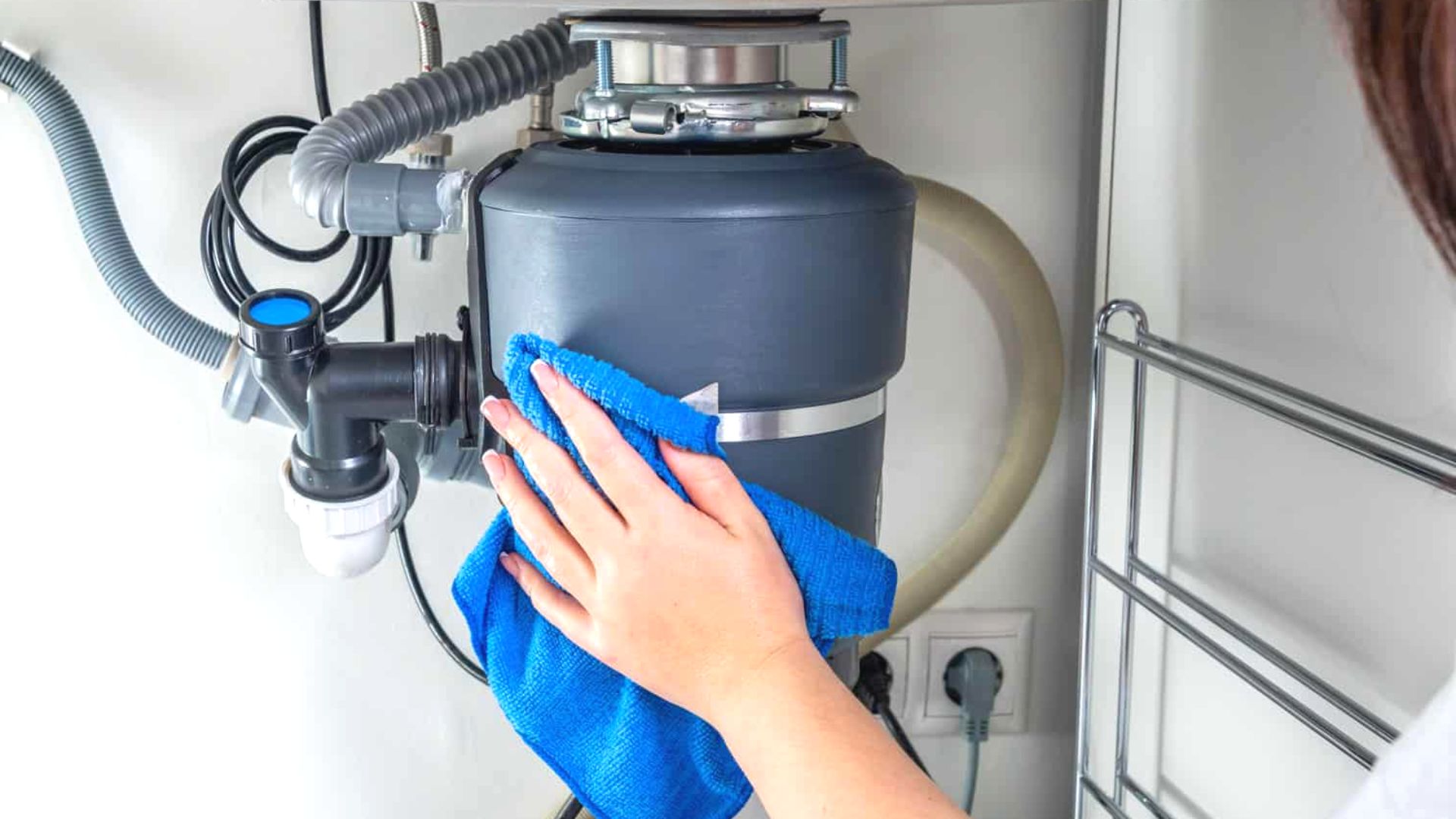Straightforward Steps to Stop a Leak in Your Garbage Disposal
Straightforward Steps to Stop a Leak in Your Garbage Disposal
Blog Article
The author is making a few good pointers regarding How to fix a pretty consistent leak from my garbage disposal overall in this post further down.

Waste disposal unit are essential kitchen appliances that aid in dealing with food waste efficiently. Nonetheless, a dripping garbage disposal can be an irritating and unpleasant issue to handle. Fortunately, several leaks can be fixed conveniently with a few straightforward steps. In this write-up, we will discuss exactly how to fix a dripping waste disposal unit properly.
Introduction
Waste disposal unit are installed under kitchen area sinks and are made to shred food waste right into smaller sized pieces, permitting it to travel through the plumbing system conveniently. While these devices are normally dependable, leakages can take place in time because of damage, loose links, or damages to the system.
Usual Causes of Leakages in Waste Disposals
Worn Seals and Gaskets
Seals and gaskets play a crucial duty in preventing water from leaking out of the waste disposal unit. Gradually, these elements can deteriorate, causing leaks around the disposal device.
Loose Links
The links in between the garbage disposal and the plumbing system can become loosened gradually, triggering water to leak out throughout procedure.
Cracks or Openings in the Disposal System
Physical damages to the garbage disposal, such as cracks or openings in the real estate, can also cause leaks.
Recognizing the Source of the Leakage
Prior to attempting to deal with a leaking waste disposal unit, it is vital to identify the resource of the leakage. This can usually be done via visual assessment or by performing simple tests.
Visual Assessment
Check the waste disposal unit unit thoroughly for any indications of water leakage. Pay attention to areas around seals, gaskets, and connection points.
Examining for Leaks
One means to evaluate for leakages is by running water through the disposal device and checking for any kind of visible signs of leak.
Devices and Materials Needed for Fixing a Leaking Garbage Disposal
Prior to beginning the repair service procedure, collect the required tools and products, including a screwdriver, flexible wrench, plumber's putty, substitute seals or gaskets, and epoxy or patching product for repairing splits or holes.
Step-by-Step Overview to Taking Care Of a Leaking Waste Disposal Unit
Turn Off the Power
Prior to attempting any type of repair services, ensure that the power to the garbage disposal device is turned off to stop the risk of electric shock.
Find the Leakage
Determine the specific location of the leak and figure out the reason.
Tighten up Links
Make use of a wrench to tighten up any loosened links in between the disposal unit and the plumbing system.
Replace Seals or Gaskets
If the leakage results from used seals or gaskets, eliminate the old components and change them with new ones.
Patching Splits or Holes
For splits or holes in the disposal system, use epoxy or an appropriate patching material to seal the broken area.
Examining the Waste Disposal Unit After Repair Work
As soon as the fixing is full, check the garbage disposal by running water through it to make sure that the leakage has actually been dealt with.
Preventive Maintenance Tips to Prevent Future Leaks
To prevent future leakages, it is essential to execute routine maintenance on your waste disposal unit. This includes maintaining it clean, staying clear of putting non-food things or hard items down the disposal, and occasionally checking for leaks or other concerns.
Conclusion
To conclude, fixing a leaking waste disposal unit is a reasonably straightforward process that can be completed with basic devices and materials. By following the steps outlined in this post and exercising preventative upkeep, you can maintain your waste disposal unit in good working condition and prevent expensive repair services in the future.
What to Do About a Leaking Garbage Disposal
A leaking garbage disposal often goes unnoticed until you confront a sopping cabinet, a foul-smelling puddle, or an audible drip-drip-drip from the unit. The fix can be frustrating, too, because the leak can stem from a number of components in the system. Fortunately, with a little sleuthing, you can zero in on the leak and—depending on the exact location—stop the icky oozing and repair the component that caused it. Worst case scenario, if it turns out that the garbage disposal must be replaced, installing a new one is a reasonable do-it-yourself task for those with basic plumbing skills. Read on to keep the cash you’d otherwise hand over to a pro.
Prepare to find the leak
Prior to testing the garbage disposal for leaks, unplug it at the wall outlet and turn off the power from the breaker box to prevent electrical shock. Then insert a watertight sink stopper into your sink drain and wipe the unit dry with a clean cloth. In any handy container, mix a few drops of food coloring into a few cups of water, and pour the dyed water onto the sink stopper to help you locate the leak.
Investigate the source
the top, where the disposal meets the sink drain the side, where the dishwasher hose or main drain pipe connects to the disposal or the bottom of the unit Inspect each of these locations while gliding a light-colored rag over the unit; the dyed water will readily show on the rag and reveal the location of the leak. If a leak isn’t immediately apparent, remove the sink stopper and pour a few more cups of dyed water down the sink drain, then check for leaks again. Leaks near the top of the unit are more likely to show themselves while the sink is plugged, while side and bottom leaks are more noticeable while the sink is unplugged.
The metal sink flange that sits directly inside the sink drain is typically sealed around the top with plumber’s putty (a clay-like sealant) and then secured from under the sink with bolts. If the plumber’s putty deteriorates, or the bolts loosen, the flange can no longer form a watertight seal between the sink drain and the disposal—which could cause a leak at the top of the unit.
To reseal the leaky flange, you must first detach the garbage disposal. Start by loosening the screws securing the main drain pipe to the disposal, then loosen the screws in the metal clamp securing the dishwasher hose to the disposal and detach the drain pipe and dishwasher hose from the disposal. Loosen the screws in the mounting ring that connects the disposal to the metal mounting assembly beneath the sink, then pull down the disposal and carefully set it on a clean, dry surface. Loosen the bolts in the mounting assembly with a wrench, then pull down the mounting assembly and set it near the disposal.

We were shown that report on The Handy Guide To Fixing Your Garbage Disposal Leaking from an acquaintance on another site. Sharing is caring. Helping people is fun. I truly appreciate reading our article about The Handy Guide To Fixing Your Garbage Disposal Leaking.
Visit Our Website Report this page